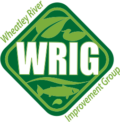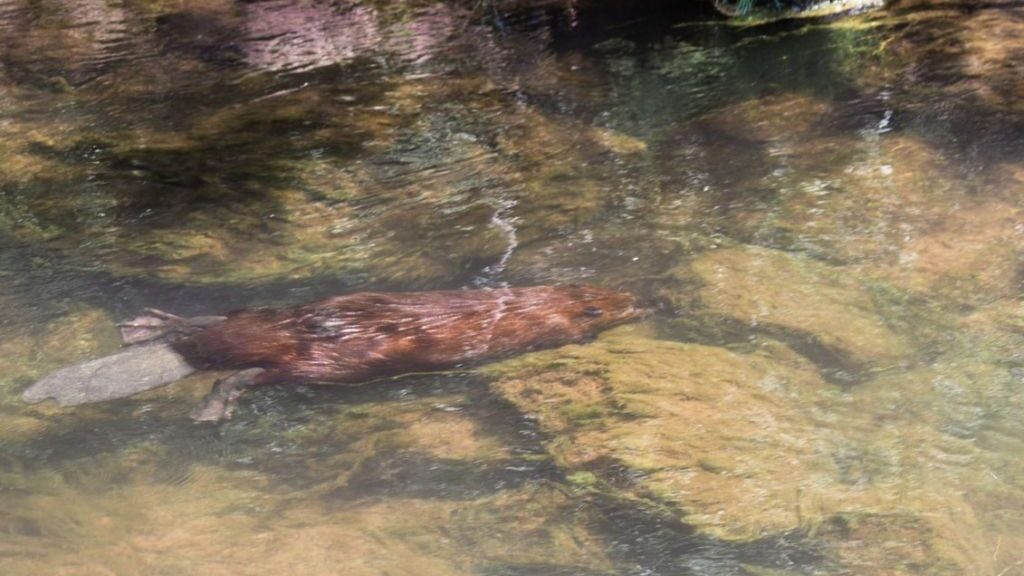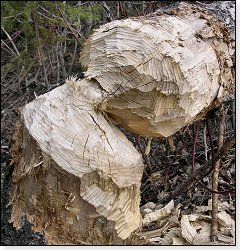The beaver has been exterminated twice in the Island’s history: once in the 1800s and again in the 1920s. The current beaver population of PEI, re-introduced in 1949, is on the rise and with their expansion comes the possibility of some negative impacts in our watershed.
WRIG staff have identified beaver activity in the Wheatley River and associated watersheds through Riparian Health Assessments, Stream Surveys, stream clearing, and other field work, as well as via communication with landowners and the Department of Transportation.
Beavers can be a valuable and desirable animal to have in an open space environment and at the same time they can be harmful to the existing natural resources and the stream restoration work already undertaken by watershed groups. These benefits and detriments can often occur simultaneously at a single location.
In the interest of public safety, protecting infrastructure, and the health of some rivers and streams, government-contracted trappers are used in areas around the province. Authorities used to capture and relocate beavers instead of killing them, but the process was costly and ineffective. Due to varying degrees of tolerance among people to beaver activity, there are bound to be disagreements on how best to deal with beaver conflicts.
Wildlife management is a fluid science and not every management option will work or be right for the given situation. A copy of WRIG’s 2016 Beaver Management Plan can be found here.



